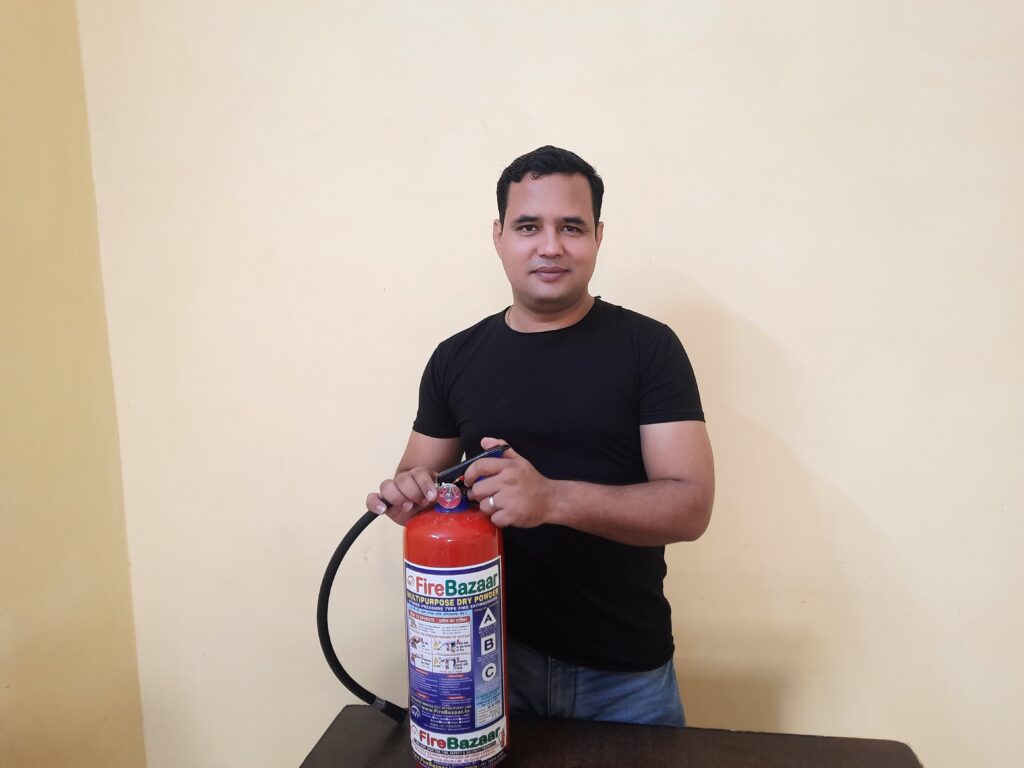Anatomy of Fire Extinguishers
Fire extinguishers are one of the most important safety devices that you can have in your home, office, or any other building. They are designed to put out small fires before they become large and uncontrollable. In this blog, we will take a closer look at the anatomy of fire extinguishers so that you can better understand how they work.
Firstly, fire extinguishers come in many different types, each designed to put out specific types of fires. The most common types of fire extinguishers are water, foam, powder, and CO2. Each of these types works differently and is designed for different types of fires. For example, a water fire extinguisher should never be used on an electrical fire, as it can make the fire worse.
Secondly, every fire extinguisher has a label that indicates the type of fire it is designed to put out. The label will also indicate the class of fire it can be used on. There are four classes of fires: A, B, C, and D. Class A fires involve ordinary combustibles such as paper, wood, and cloth. Class B fires involve flammable liquids and gases, such as gasoline, oil, and propane. Class C fires involve electrical equipment, such as appliances and electronics. Finally, Class D fires involve flammable metals such as magnesium and titanium.
Thirdly, every fire extinguisher has a cylinder or tank that contains the extinguishing agent. The cylinder is made of either metal or plastic and is designed to withstand the pressure of the agent inside. The size of the cylinder will determine how much extinguishing agent it contains. Smaller extinguishers are usually easier to handle, while larger ones are better for bigger fires.
Fourthly, every fire extinguisher has a discharge nozzle or horn that is used to direct the extinguishing agent at the fire. The nozzle is designed to be easy to use and can be operated with one hand. When using a fire extinguisher, it is important to aim the nozzle at the base of the fire and not at the flames themselves. This will help to extinguish the fire more quickly.
Finally, every fire extinguisher has a pressure gauge that indicates the pressure of the extinguishing agent inside the cylinder. The gauge is important because it tells you whether the extinguisher is ready to use or not. If the gauge is in the green zone, the extinguisher is ready to use. If it is in the red zone, the extinguisher needs to be recharged or replaced.
In conclusion, fire extinguishers are an essential safety device that can help to prevent small fires from becoming big and dangerous. Understanding the anatomy of fire extinguishers is important for ensuring that you use them correctly and safely. Remember to always read the label and instructions before using a fire extinguisher, and if you are not sure how to use it, seek professional help.